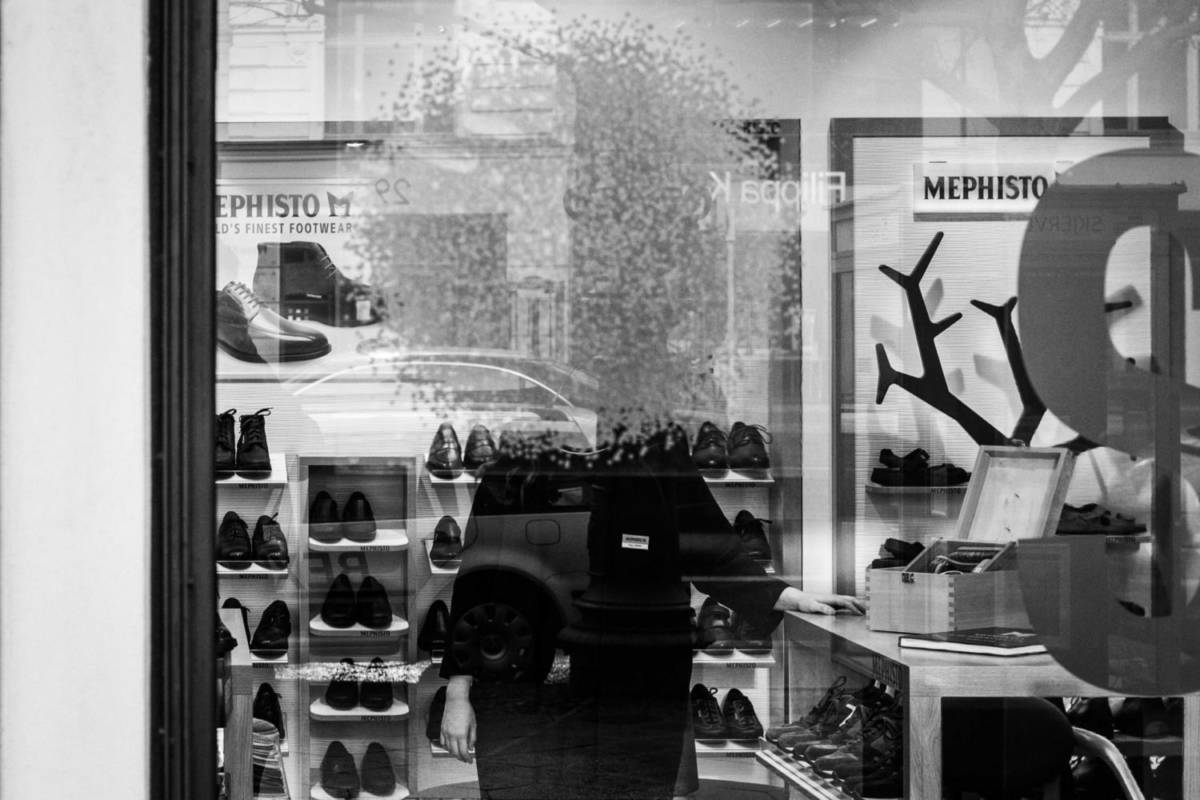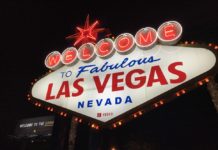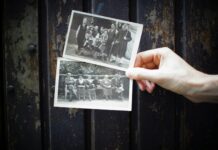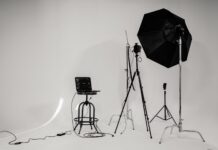As a Street Photographer, I often see myself as an entertainer who wants to tell a story in the form of a picture. Sometimes the audience will get my story and other times they won’t get the punchline. Therefore it is important to understand how to tell a story properly and which key factors make for an interesting story.
Street Photography is all about telling a story in a single picture. The easy thing is, that instead of a short movie or multiple frames you only need to take one picture to tell your story. The hard part is that you only have one picture, a fraction of a time that ideally tells an entertaining, critical or complex story.
Where filmmakers or comedian have a longer time to build up the tension, introducing characters and delivering the punchline, we as photographers have maybe 1/200th of a second. While the former may envy photographers, because we can tell a story in only one frame and don’t have to develop a complex storyline, this also means we have to compress a comprehensive story in one single frame.
For me, there are two important parts in telling a story with a single image in Street Photography. First, you need to spot an interesting scene that has the potential for an interesting story. This mostly depends on your character and your ability to absorb your environment quickly. Different personalities will discover varying storylines that they find worth telling. Some find interest in social criticism, others are interested in humorous juxtapositions and again others want to showcase the edgy urban life.
As there are different genres of literature, movies or music there are different points of interest you can focus on in street photography. An advantage that we, as “snapshot” experts have, is that we can tell a different story every new day. One day you might feel under the weather and spot different scenes in comparison to days where you are perfectly content.

Spotting an interesting scene depends a lot on your character and your ability to notice your environment. Some might even go so far and state, that either you are gifted with this talent or not. I don’t support this argument, but it is true that you need a lot of experience and an open mind to notice natural photo opportunities. Especially when you are shooting alone on the street it is difficult to improve this talent, because you aren’t realizing which opportunities you missed. Going on a walk with likeminded photographers can help discovering the cities with different eyes and mindsets. You might notice interesting subjects that you wouldn’t notice otherwise.
The second main aspect of telling an interesting story is how good your storytelling itself is. Let’s say you found an interesting scene and are absolutely drawn into it. You take a snapshot and show it to your friends later. They are puzzled what you wanted to express with this picture and don’t understand it. You explain some background information, what you wanted to tell and why it is a great photo in your opinion. Now it clicks for your friends and they understand your side of the story.
Now, the thing in street photography is, if you need a lot of background information to understand the worth of a picture, it is difficult to understand for the viewer who puts the value on the picture and not on the accessory text information. In photography, the way we tell our story is through composition. Within the composition, you can put emphasis on certain aspects of your story, or willfully leave some details out. Every little detail that you decide to include or eliminate alters your story and how interesting it to the viewer is.
Keep in mind, that the viewer has only that one photo that makes or breaks the story. You as a photographer that was present on the scene have a lot more data. Not only have you the timeframes before and after you took the photo, you also have the sound, smell and the general feeling of the location. If you want to tell a good story try your best to appeal to all the senses of the viewer, not only the visual aspect is important, to draw your viewer into the photo he has to be addressed in multiple ways.
Remind Yourself of the following inspiring Photography Quote by Bruce Gilden.
“If you can smell the street by looking at the photo, it’s a street photograph.” – Bruce Gilden
A comedian or entertainer has his audience he wants to entertain. Some may appeal to a very broad audience, their jokes are easily understandable and suitable for the whole family. On the contrary, other comedians may have a more narrow audience, they have certain topics that not appeal to everyone, but are still entertaining to the audience he addresses.

As a photographer, it is a very similar deal. Some stories are easy to comprehend because they are very present in the picture, others are very far-fetched and only people with the same sense of humor might understand them. The way to communicate through photographs is the composition. If only a fraction of your audience gets your punchline because they have a different sense of humor, that in my book is acceptable. But if your audience is not even able to understand your expressions because you don’t speak the same language, through composition, then this is one thing you have to work on.
Like comedians have to work on how they deliver the jokes, their timing, and presentation, we as photographers have to perfect our compositions. Otherwise, you might have the best stories in front of your lens, but if you are not able to express yourself through your pictures, your brilliant stories are a lost cause.
Stay Curious
Sebastian Jacobitz


































